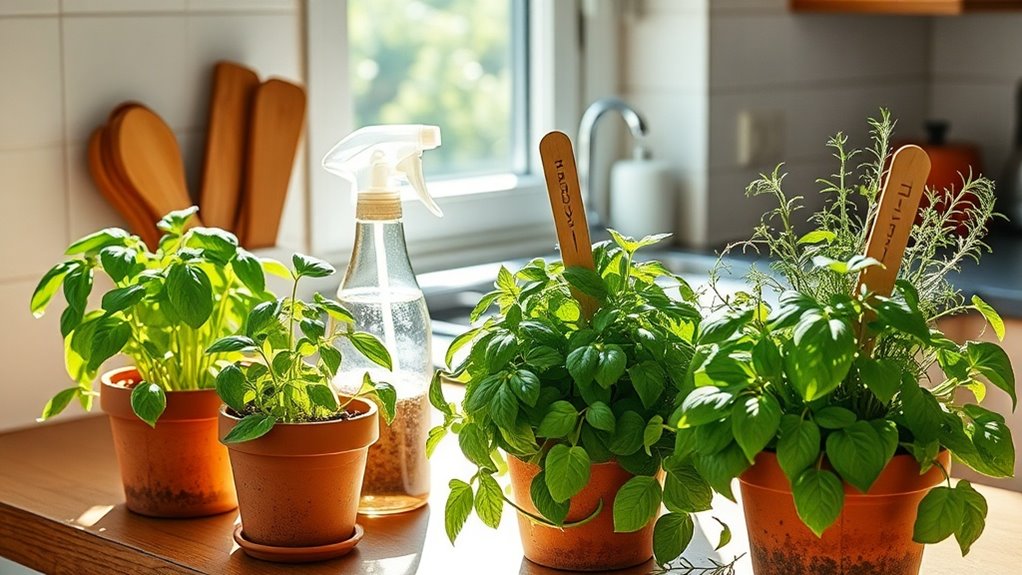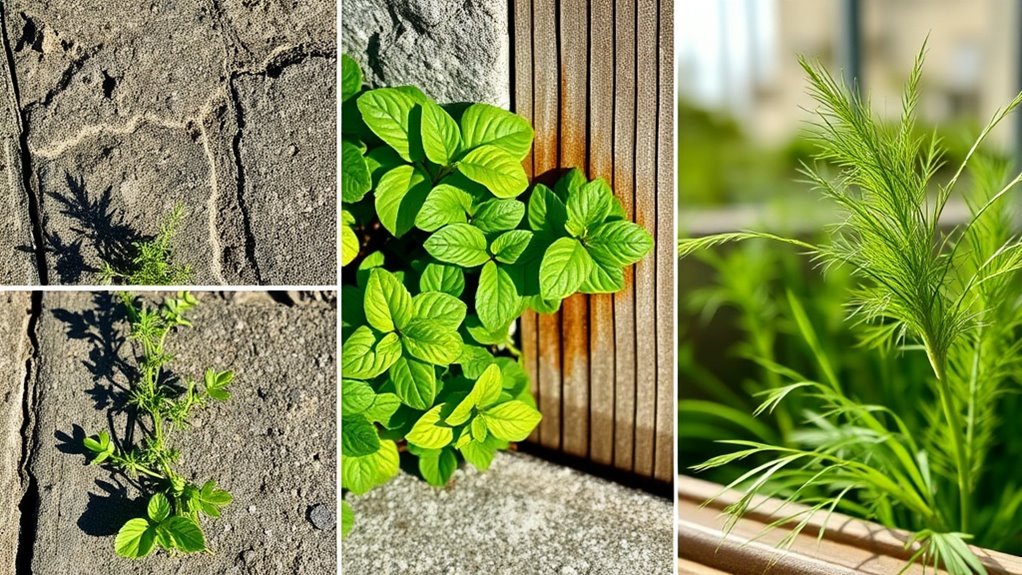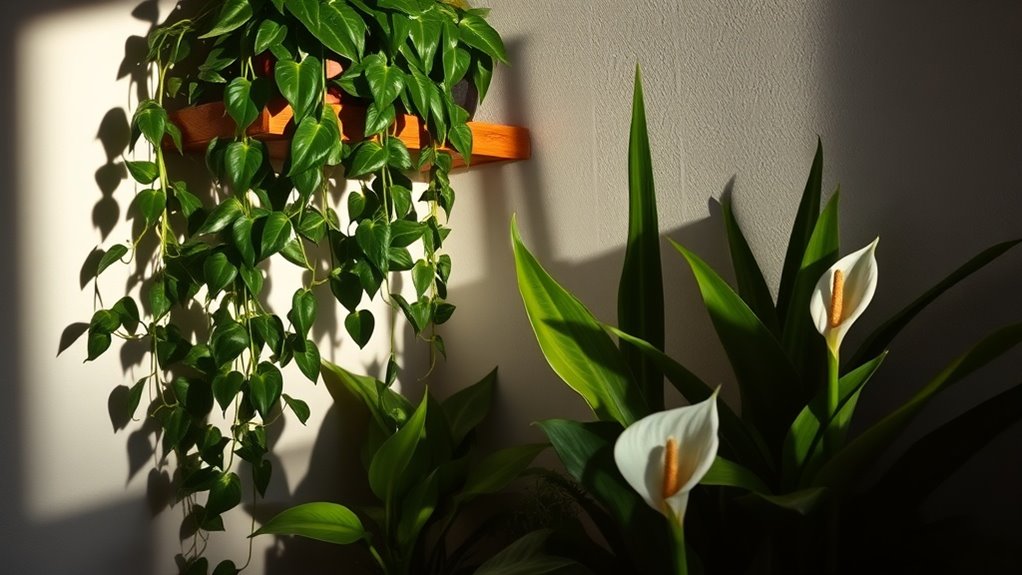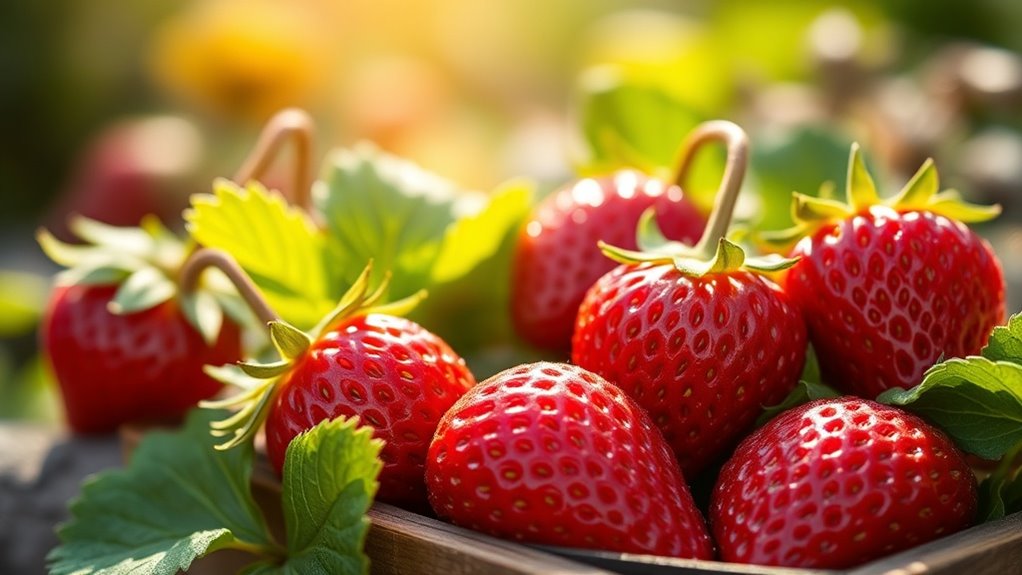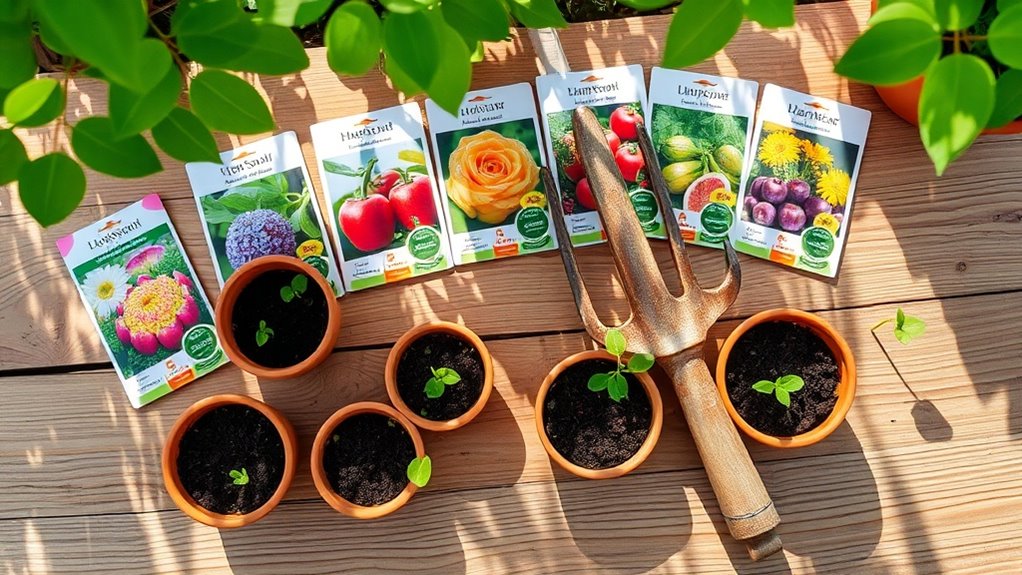How to Grow Fresh Herbs Right on Your Kitchen Counter
Growing fresh herbs on your kitchen counter can elevate your cooking in simple yet significant ways. By selecting herbs like basil, chives, and parsley, you can enjoy vibrant flavors right at your fingertips. The right containers and proper sunlight will set the stage for growth. Interested in how to keep your herbs thriving? Let’s explore the essential care tips that will help you nurture your herb garden effectively.
Choosing the Right Herbs for Indoor Growth
When you’re looking to grow fresh herbs indoors, it’s crucial to choose varieties that thrive in limited light and space.
Consider starting with herbs you can grow indoors like basil, chives, parsley, and mint.
These plants not only adapt well to low-light conditions, but they also add flavor to your dishes, making your indoor herb garden both practical and enjoyable. Additionally, it’s important to remember that soil quality plays a significant role in the success of your indoor herb garden.
Ideal Containers for Countertop Herb Gardens
Selecting the right containers for your countertop herb garden can elevate both the aesthetic and functionality of your growing space.
Opt for pots made of clay or ceramic for breathability, or consider self-watering containers to simplify maintenance. Ensure they’ve drainage holes to prevent overwatering.
Mixing different sizes can create visual interest and accommodate each herb’s growth needs perfectly. Choosing ideal containers will not only help with plant health but also enhance your cooking experience by keeping herbs fresh and accessible.
Happy gardening!
Essential Light and Temperature Requirements
Growing healthy herbs isn’t just about the right containers; light and temperature play pivotal roles too.
Most herbs need 6-8 hours of sunlight daily, so place them near a south-facing window. If that’s not possible, consider using grow lights.
Keep your herbs in a warm environment, ideally between 65-75°F, as cooler temperatures can stunt their growth and flavor. Additionally, ensuring that your herbs are in pots with good drainage will help prevent overwatering and root rot, which are common issues in growing herbs indoors.
Watering and Soil Tips for Healthy Herbs
To ensure your herbs thrive, understanding their watering and soil needs is crucial.
Water your herbs when the top inch of soil feels dry, but avoid soggy conditions. Use a well-draining potting mix to prevent root rot.
Consider the specific needs of each herb; some love moisture while others prefer drier soil. Regularly check your plants to maintain their health and vitality. Additionally, you can easily propagate herbs like basil, mint, and parsley in water, making them simple to grow right on your kitchen counter.
Fertilizing Your Herb Garden for Optimal Growth
While your herbs may thrive with just the right amount of water and sunlight, feeding them with the proper nutrients is essential for optimal growth.
Use a balanced, water-soluble fertilizer every four to six weeks, and consider switching to organic options for a richer flavor. Incorporating flavorful herbs into your meals can also enhance their health benefits. Always follow the manufacturer’s instructions to avoid over-fertilizing, which can harm your herbs rather than help them flourish.
Harvesting and Maintaining Your Herbs
After nourishing your herbs with the right fertilizer, it’s time to think about how you’ll harvest and maintain them.
Always use clean scissors to snip leaves just above leaf nodes; this encourages bushier growth.
Regularly check for pests, and keep your herbs tidy by removing dead leaves.
Water when the soil feels dry, ensuring they thrive right on your kitchen counter! Additionally, incorporating best herbs to grow in your mini herb garden can enhance both flavor and freshness in your meals.

